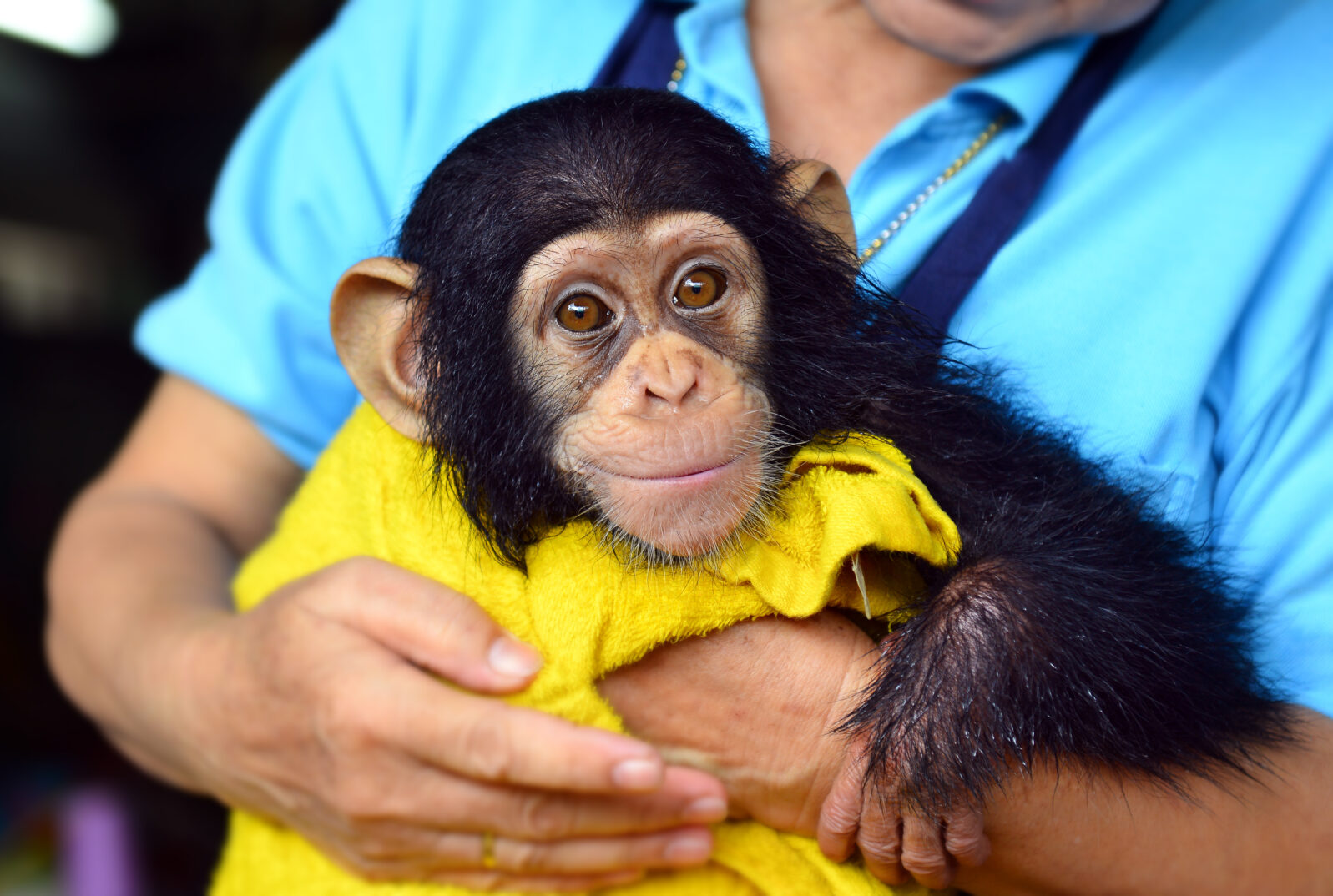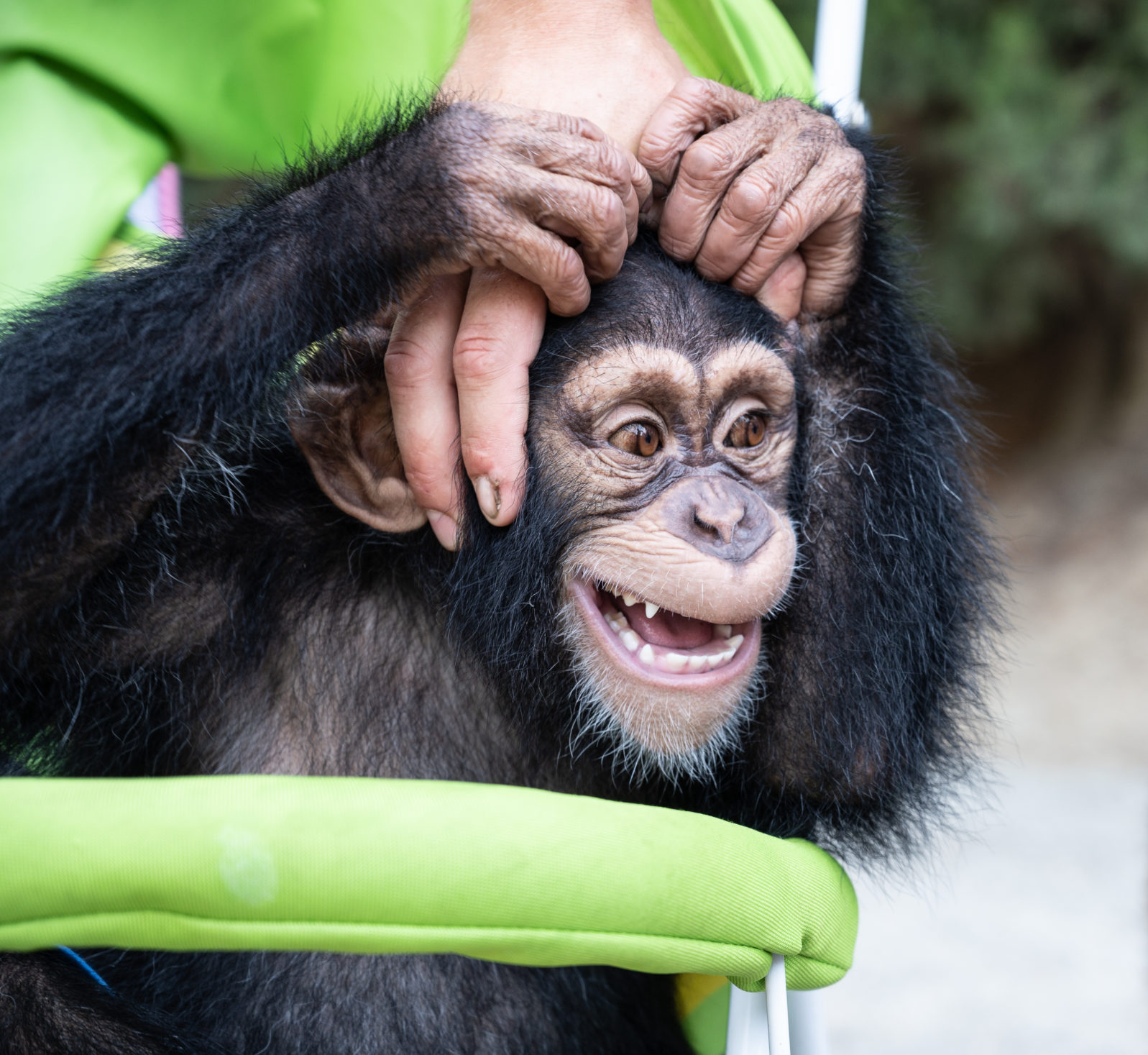Researchers Find More Ways That Human and Ape Brains Differ
Underlying the significant differences in brain — to say nothing of the vast difference in mind — is a genetic mystery…Yale University researchers have identified more specific ways the human brain differs from the brains of all other primates. Using “hundreds of thousands of cells collected from the dlPFC of adult humans, chimpanzees, macaque, and marmoset monkeys,” they found
After grouping cells with similar expression profiles they revealed 109 shared primate cell types but also five that were not common to all species. These included a type of microglia, or brain-specific immune cell, that was present only in humans and a second type shared by only humans and chimpanzees.
The human-specific microglia type exists throughout development and adulthood, the researchers found, suggesting the cells play a role in maintenance of the brain upkeep rather than combatting disease… An analysis of gene expression in the microglia revealed another human-specific surprise — the presence of the gene FOXP2. This discovery raised great interest because variants of FOXP2 have been linked to verbal dyspraxia, a condition in which patients have difficulty producing language or speech.
Yale University, “What makes the human brain different? Study reveals clues” at ScienceDaily (August 25, 2022) The paper requires a fee or subscription.
Some other differences between human brains and other primate brains:
 Image Credit: NPD stock -
Image Credit: NPD stock - ➤ Human brains are heavier. “For starters, our brains weigh an average of three pounds, which is enormous for an animal of our body size. By comparison, chimpanzees, our closest living relatives, have brains that are one-third the size of our own, although they are very similar to us in body size. Most of this brain-size difference reflects the evolutionary expansion of the association cortex, a group of regions that supports such sophisticated cognitive functions as language, self-awareness, and problem solving.” — Todd M. Press, BrainFacts (July 23, 2014). However, the relationship between brain size/type and intelligence is not straightforward.
➤ Human brains are especially asymmetric. “Researchers compared geometric differences between brain scans of humans and chimpanzees. They observed structural asymmetries in both human and chimpanzee brains, but human brains were especially asymmetric.” – Tanya Lewis, LiveScience (April 23, 2013) It’s suggested that asymmetry might be related to brain adaptability.
➤ The human brain allocates more cells to thinking skills. “… a part of the brain called the cerebral cortex – which plays a key role in memory, attention, awareness and thought – contains twice as many cells in humans as the same region in chimpanzees.” – eLife (September 26, 2016)
➤ Our brains have many more language connections. “Especially the fasciculus arcuatus, a bundle of connective nerve fibres important for the processing of language, is connected to many more areas in humans than in macaques, and even in chimpanzees.” – Donders Institute for Brain, Cognition and Behaviour (May 12, 2020) The paper is open access.
➤ There are distinct differences at the molecular and genetic level. “Specifically, the researchers’ results showed that interneurons expressing genes that code for dopamine synthesis are present in humans’ striata but not in non-humans’. This, they say, is part of what makes human brains uniquely human. Neuromodulatory transmitters, in particular dopamine, are involved in distinctly human aspects of cognition and behavior, such as working memory, reasoning, reflective exploratory behavior, and overall intelligence” …” – Peter Hess, Inverse (November 27, 2017) Paper.
Now, here’s an interesting puzzle:
The Smithsonian National Museum of Natural History tells us that “While the genetic difference between individual humans today is minuscule – about 0.1%, on average – study of the same aspects of the chimpanzee genome indicates a difference of about 1.2%. The bonobo (Pan paniscus), which is the close cousin of chimpanzees (Pan troglodytes), differs from humans to the same degree. The DNA difference with gorillas, another of the African apes, is about 1.6%. Most importantly, chimpanzees, bonobos, and humans all show this same amount of difference from gorillas. A difference of 3.1% distinguishes us and the African apes from the Asian great ape, the orangutan.” (August 15, 2022)
The differences between our brains and those of primates seem to be much greater than the genetic differences, so they don’t seem to originate in the genes. The mystery is perhaps analogous to that of the human mind.
You may also wish to read: Your mind vs. your brain: Ten things to know
